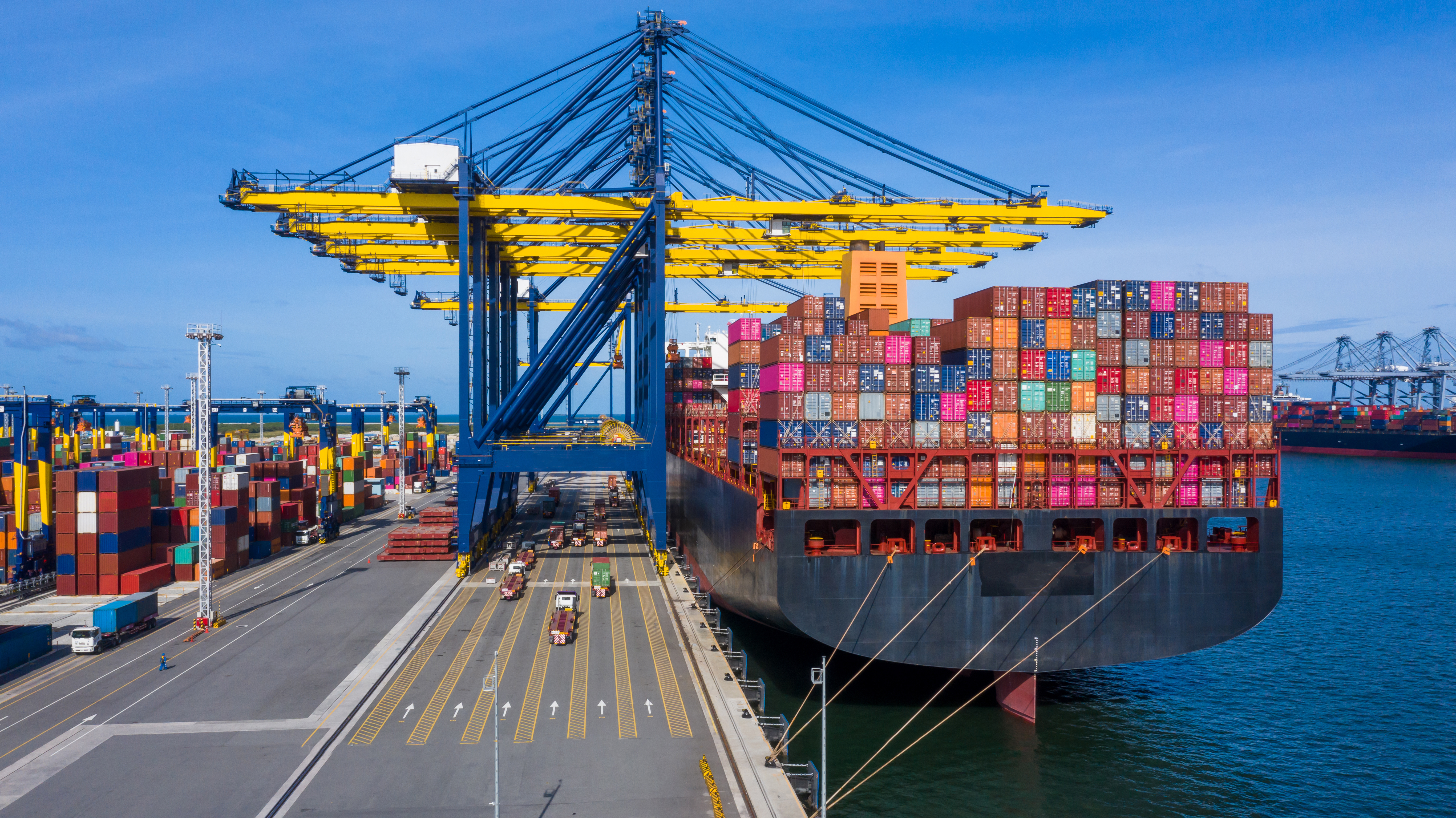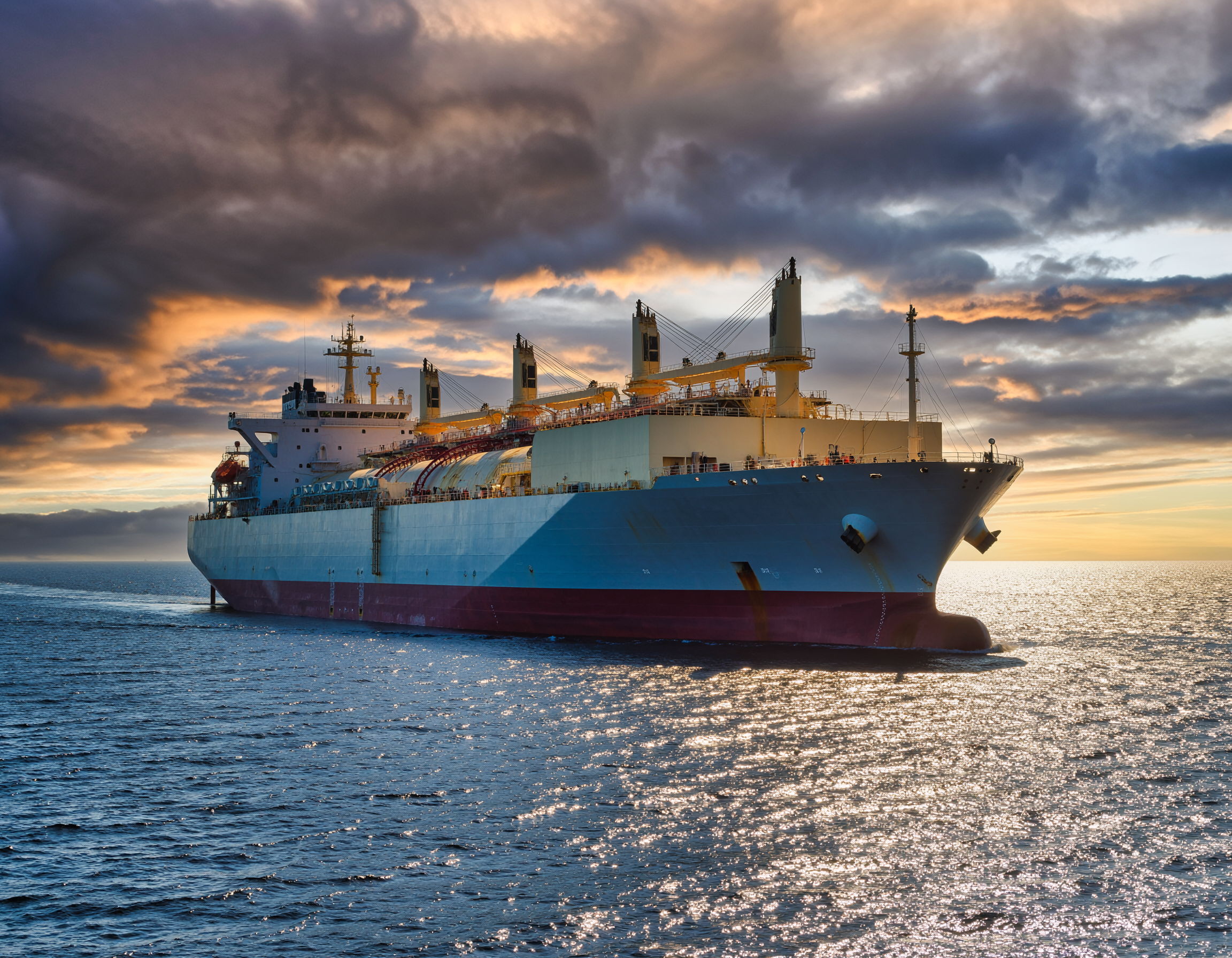In recent years the shipping world has experienced a number of incidents which have been attributed to liquefaction of cargoes of iron ore fines and nickel ore, which are frequently presented for loading in a dangerous condition. The consequences of loading such cargoes in an unsafe condition can be catastrophic, Claims Executive Christopher Karageorgis looks at the dangers of cargo liquefaction and the steps Members can take to mitigate the risk.
At the beginning of 2015, the dangers of shifting cargoes were once again in the news due to the loss of the 10-year-old Bahamas flag bulk carrier Bulk Jupiter, which was carrying bauxite when it rapidly sank leading to 18 fatalities, an incident which was thought to be caused by the cargo liquefying. The issue of liquefaction remains high on the UK Club's Loss Prevention agenda.
Solid bulk cargoes such as unprocessed mineral ores and refined mineral concentrates have certain characteristics that, although they may appear to be in a dry, granular state upon loading, may contain enough moisture to become fluid under the compaction and vibration that occur during a voyage. The resulting cargo shift can be sufficient to capsize a vessel.
A, B or C?
The International Maritime Solid Bulk Cargoes Code (IMSBC Code) sets out the internationally agreed provisions for the safe stowage and shipment of solid bulk cargoes, including cargoes that might liquefy.
The IMSBC Code classifies cargo into Group A, B and C cargoes.
- Group A Cargo: cargo that may liquefy if shipped at a moisture content in excess of its transportable moisture limit ("TML"), such as mineral ores and mineral concentrates;
- Group B Cargo: cargo that may possess chemical hazards
- Group C Cargo: cargo that is neither liable to liquefy nor does it possess chemical hazards.
Group C cargoes have been known to exhibit Group A cargo characteristics - especially when wet. Nickel ore, iron ore fines and bauxite for instance, have all exhibited liquefaction properties despite being originally unclassified or listed as Group C cargoes.
Nickel Ore
- Has been referred to as "The Deadliest Cargo"
- Nickel ore carriage represents just 0.06% of world trade since 2010, but has resulted in 80% of deaths at sea
- Previously unclassified, following 02-13 IMSBC Amendments now classed as Group A
- High clay content, therefore substantial proportion of fines greater than 7mm
- Main exporters: Philippines, Indonesia and New Caledonia.
Iron Ore Fines
- IMSBC Code Amendment 03-15 classified as a Group A cargo (enters into force 1 January 2017)
- Main exporters: Philippines, Brazil, Australia, Ukraine, West Africa and India
- Foreign surveyors are not allowed in Philippines - have to rely on local labs and surveyors.
Bauxite
- Presently classed as Group C cargo
- Some Chinese end users have changed their bauxite cargo specifications so that lumps larger than 100mm are excluded from shipment
- Export mines have been known to sieve the ore by washing it through rotary sieves - further increases the moisture content of the cargo.
What can be done to prevent liquefaction?
1. Sampling and Testing
The TML test of any cargo to be loaded should be conducted within 6 months to the date of loading for homogenous material where no change in physical characteristics would be expected. Moisture Content (MC) testing and sampling should not be carried out more than 7 days prior to the date of loading. These timings are the mandatory intervals between sampling and loading and must be strictly adhered to. If it has rained during these periods, further re-sampling / testing is required.
The IMSBC Code details a number of tests to obtain the flow meter point (FMP) of a cargo, dependant on its characteristics as described in Appendix 2, from which the TML is calculated as a percentage of FMP.
Other issues with sampling and testing:
- Not enough competent surveyors or independent labs in certain countries
- Access to stockpiles of ship's appointed independent surveyors restricted in certain areas
- Access to full depth sampling of stockpiles often restricted.
How are these issues addressed?
Following the IMSBC Amendments 02-13, changes have been put in place to address these issues.
- Signed certificates of TML and MC must be issued by an entity recognised by the Competent Authority (CA) who is to be independent from the shipper.
The reality is, however, that even though they are supposed to be independent they are appointed by the shipper and are often biased in favour of them.
- The Shipper should facilitate access to the stockpiles for sampling and inspection of the cargo including access to the full depth of the stockpile. In practice, however, this is often impractical.
2. Charterparty Provisions
Carriers can ensure cargo inspection, sampling and testing prior to loading is a contractual right provided for in the charterparty. This can be done by incorporating the BIMCO 'Solid Bulk Cargo Which May Liquefy' clause, which is available on both the BIMCO website and the UK P&I Club's website. Alternatively, Members can seek legal advice in order to draft and incorporate a commercially suitable clause.
Members must notify the Club at the earliest opportunity if they intend to load nickel ore from Indonesian or Philippine ports.
3. Precautionary Measures Pre-Loading / Loading
Potential disasters could be prevented if the risks associated with transporting mineral ores and concentrates are properly appreciated and mitigated. The lack of understanding of the problem by the parties involved, and incorrect or inconsistent implementation of the IMSBC Code in load ports, has contributed to significant loss of life in the past.
Follow these steps when carrying Group A cargoes to reduce the risk of liquefaction:
- Ensure the shipper has supplied the required cargo information, including the TML and the actual moisture content in advance of loading
- Carefully check shipper's cargo declaration and stated moisture content
- Consider appointing a surveyor in advance of loading to check the stockpile, take samples and arrange tests prior to loading
- Try to obtain access to lab testing if possible
- Only accept the cargo if the actual moisture content is less than its TML
- Carry out visual monitoring during loading. If there are any indications of high moisture content (surface water, cargo splatter on bulkheads and so on), stop loading and seek further advice
- Consider trimming the cargo to reduce the likelihood of cargo shift as required by the IMSBC Code (that is, when there is a risk of a wet base developing)
- Take measures to prevent water or other liquids entering the cargo space during loading (and throughout the voyage) e.g. hatch cover tightness
- Conduct can-tests of samples at regular intervals at loading.
However, members should be aware that a negative can- test result does not necessarily mean the cargo is safe for shipment as stipulated in s.8.4.2 IMSBC Code Amendment 02-13 which states: 'If samples remain dry following a can test, the moisture content of the material may still exceed the Transportable Moisture Limit'
As such, it is recommended that if the can-test fails or there is a suspected failure members should:
i. Stop loading;
ii. Issue a Letter of Protest; and
iii. Seek further advice from P&I Club. May require surveyor / reputable cargo expert involvement and further lab testing
4. Precautionary Measures During the Voyage
Even when the Members are satisfied of the condition of the cargo having been loaded, it is still recommended that the following measures are taken in order to minimise any potential liquefaction during the voyage:
- Regular visual checks of the cargo surface to check for accumulation of free water in the cargo. This should only be done if it is safe to enter hold as mineral concentrates will deplete oxygen levels.
- Daily cargo hold bilge soundings
- Ventilation of cargo, as and when appropriate (depending on what cargo and what is advised in the IMSBC Schedule).
However, regular visual cargo surface inspections may not provide a true representation of the cargo condition. In addition, if there is free water, though the cargo might be expected to drain it can hold the moisture towards the bottom of the hold and develop a wet base.
If when following the above steps the cargo appears to be liquefying during the voyage members are recommended to:
i. Contact the P&I Club;
ii. Contact nearest Coastal State Authority;
iii. Consider calling at the nearest port or place of refugeiv. Master to consider taking measures to reduce ship's vibration / motion;
v. Consider whether it is possible to discharge or dry out the cargo (this can, however, take months and lead to a possible hire dispute); andvi.Consider the use of third party cargo stabilisation specialists.
Where next?
Liquefaction remains a serious concern for the industry. Although this has been acknowledged by attempts to further classify cargo in the IMSBC Code Amendments, there still remains a considerable degree of ambiguity as to which cargoes can exhibit liquefactive properties while tests can be inconclusive. Furthermore, political, economic and commercial interests and pressures have been shown to make any significant progress difficult.
Ship masters should ensure that they are fully satisfied with the condition of the cargo prior to accepting it for loading and that all conditions as per the IMSBC Code are duly met at all times. Members should be aware that it is not the role of the club to formalise a standard for approved or rejected cargoes. It is the members' responsibility to comply with their obligations under the IMSBC Code and to also take any necessary measures
to ensure the safe carriage of the cargo. Failure to comply with the provisions of the Code may prejudice club cover.
As such, members should remain extra vigilant when loading any cargo that is susceptible to liquefaction, paying particular attention on any possible inaccurate cargo declarations and moisture content certificates. Given the potential disastrous ramifications of loading a liquefied cargo, if in doubt, do not load it!



![The Solomon Trader [2025] EWCA Civ 1387: The ‘pay to be paid’ rule affirmed in the Court of Appeal](/fileadmin/uploads/ukpandi/News_Images/AdobeStock_104743067.jpeg)
